
✍️ https://t.co/8fvSCtAXgi: $54K/mo 🎙️ https://t.co/fmB6Zf5n9X: $32K/mo 💼 https://t.co/hNxFPvj3v1: $31K/mo 🤝 https://t.co/SqC3jTyhav: $28K/mo
37 subscribers
How to get URL link on X (Twitter) App


 1. AI Product Strategy & Lifecycle (94%)
1. AI Product Strategy & Lifecycle (94%)
 "The ability to find the right solution for the user and business, despite limited and ambiguous information."
"The ability to find the right solution for the user and business, despite limited and ambiguous information."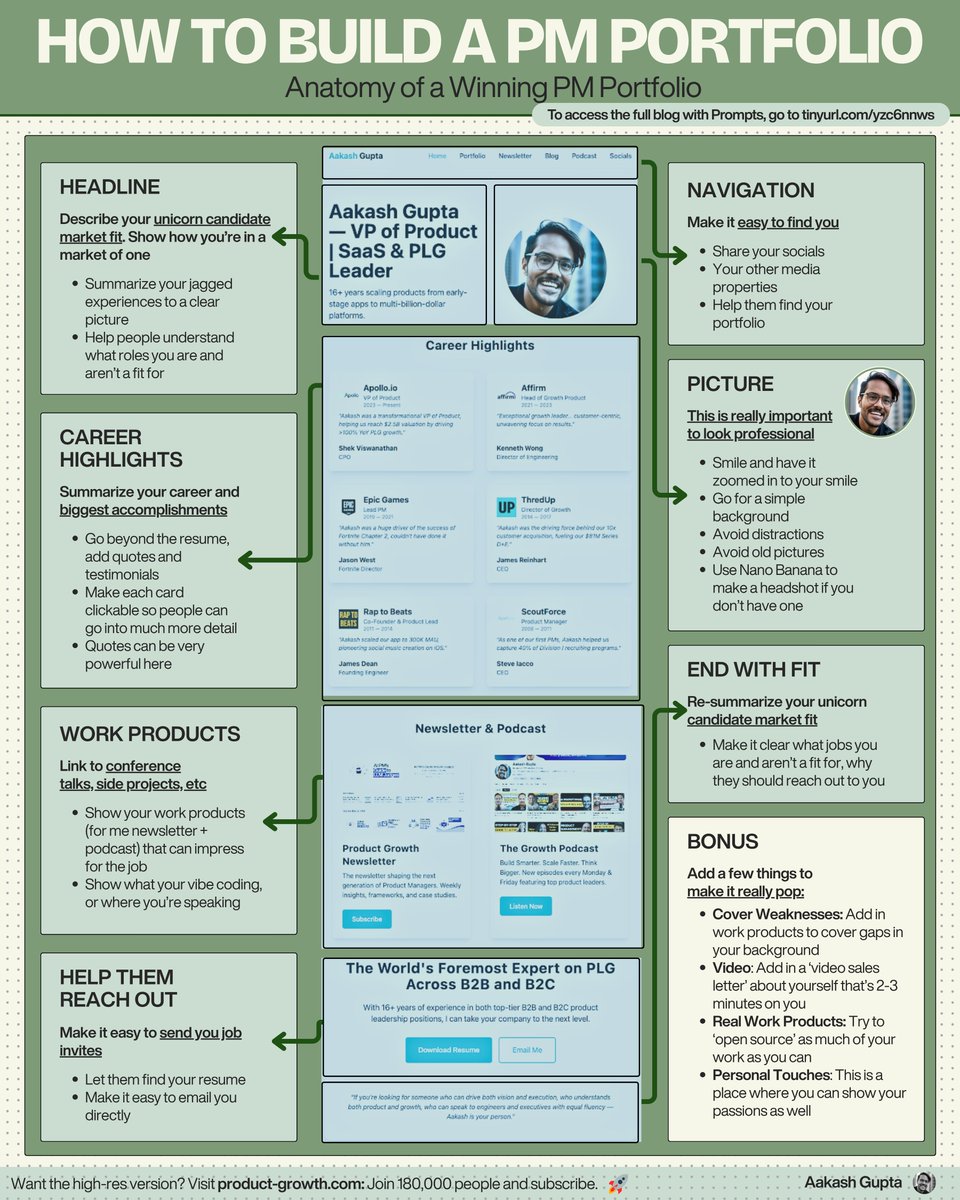
 1. Headline
1. Headline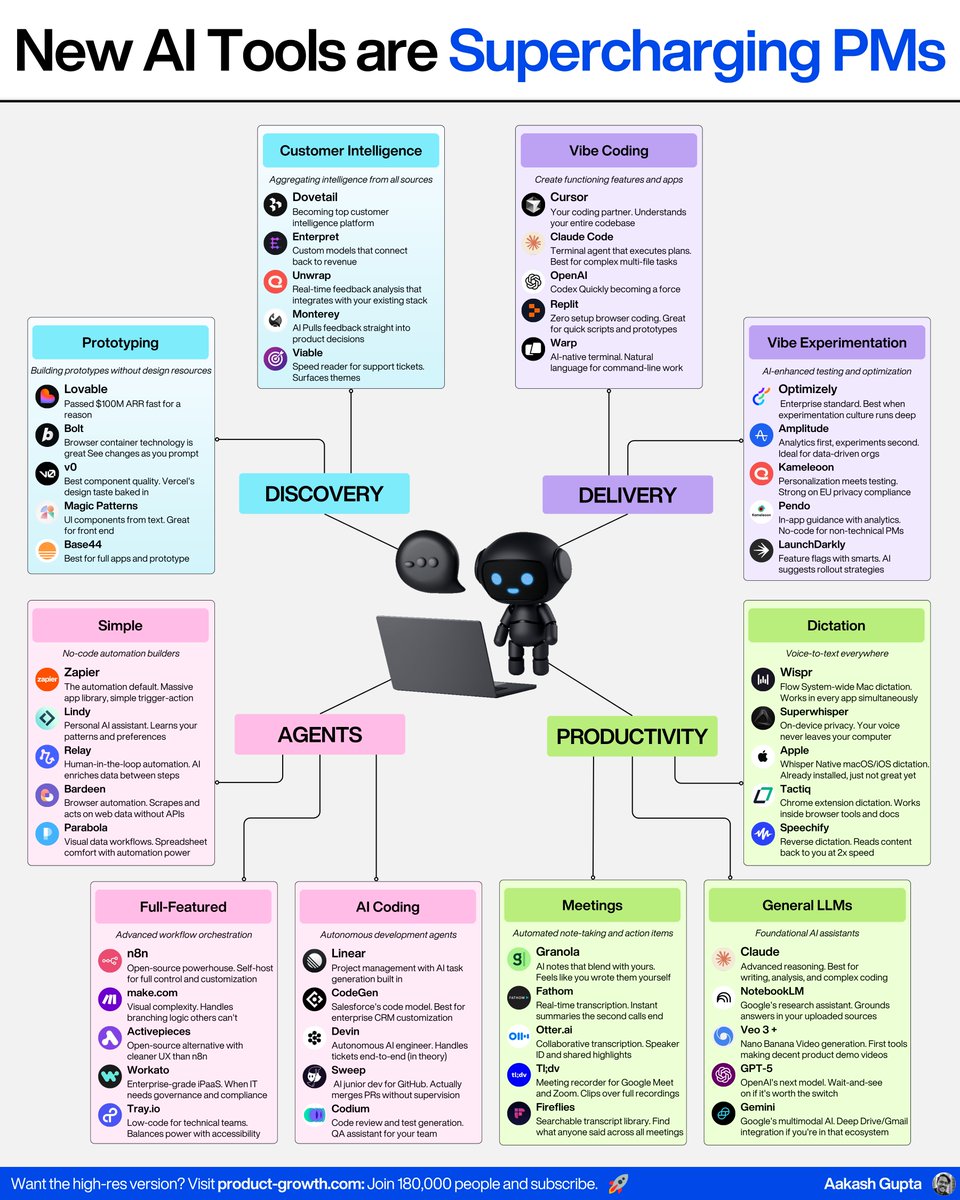
 DISCOVERY
DISCOVERY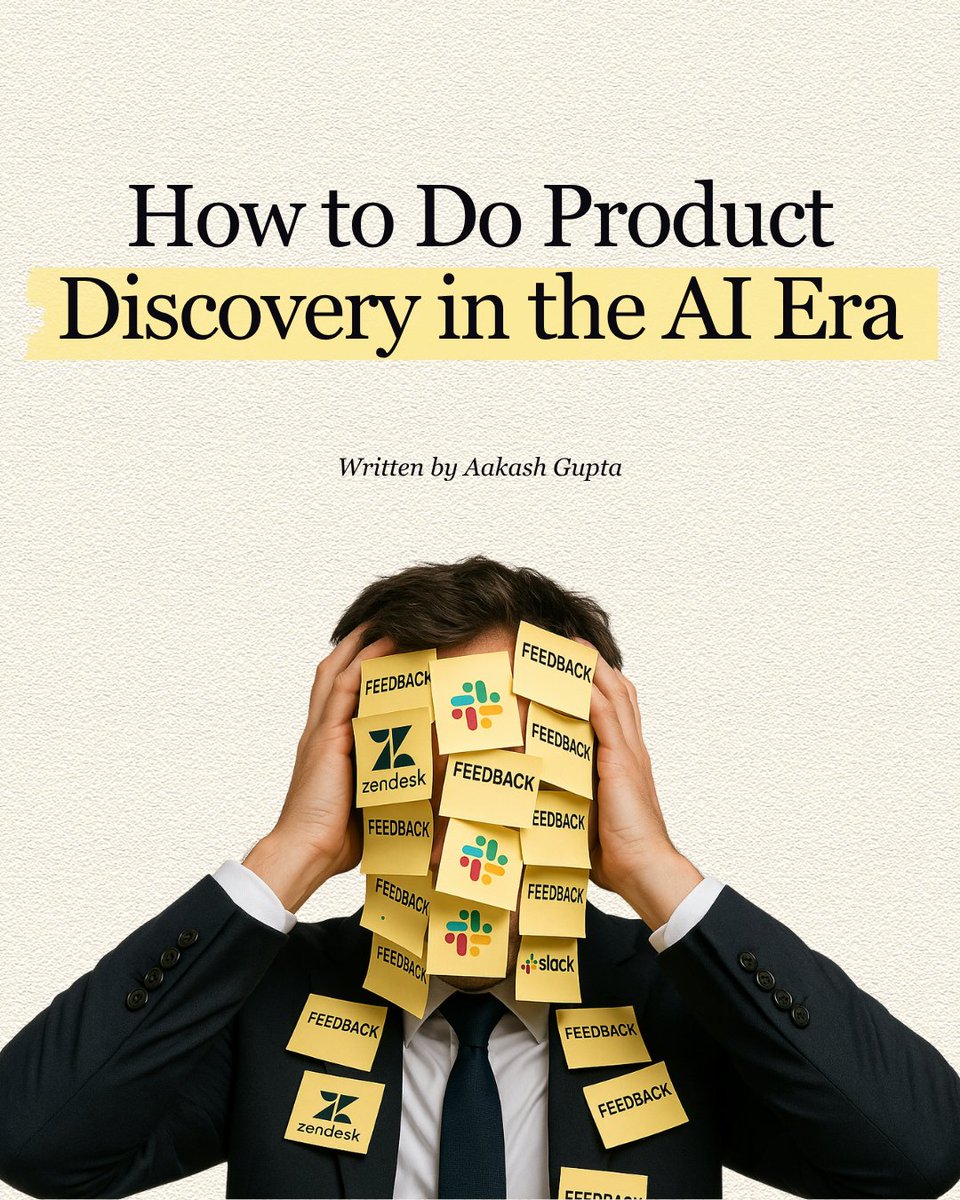
 𝗦𝗧𝗘𝗣 𝟭: 𝗔𝗜 𝗠𝗮𝗿𝗸𝗲𝘁 𝗜𝗻𝘁𝗲𝗹𝗹𝗶𝗴𝗲𝗻𝗰𝗲
𝗦𝗧𝗘𝗣 𝟭: 𝗔𝗜 𝗠𝗮𝗿𝗸𝗲𝘁 𝗜𝗻𝘁𝗲𝗹𝗹𝗶𝗴𝗲𝗻𝗰𝗲

 I'll share the prompt in a second but here's why it works:
I'll share the prompt in a second but here's why it works:
 1. 𝗟𝗲𝗮𝗿𝗻𝗶𝗻𝗴 𝗔𝗜 𝗙𝘂𝗻𝗱𝗮𝗺𝗲𝗻𝘁𝗮𝗹𝘀 & 𝗣𝗿𝗮𝗰𝘁𝗶𝗰𝗮𝗹 𝗦𝗸𝗶𝗹𝗹𝘀
1. 𝗟𝗲𝗮𝗿𝗻𝗶𝗻𝗴 𝗔𝗜 𝗙𝘂𝗻𝗱𝗮𝗺𝗲𝗻𝘁𝗮𝗹𝘀 & 𝗣𝗿𝗮𝗰𝘁𝗶𝗰𝗮𝗹 𝗦𝗸𝗶𝗹𝗹𝘀
 Whether you're interviewing at Big Tech or a startup, this list covers what you actually need to stand out - from writing a resume to tackling product strategy questions and behavioral interviews.
Whether you're interviewing at Big Tech or a startup, this list covers what you actually need to stand out - from writing a resume to tackling product strategy questions and behavioral interviews.
 Microsoft has a $3.68T market cap. So when their CPO @aparnacd is talking about PRDs, a lot of folks listen. In fact, many of you asked me about it.
Microsoft has a $3.68T market cap. So when their CPO @aparnacd is talking about PRDs, a lot of folks listen. In fact, many of you asked me about it.
 1. Learn the foundations of AI:
1. Learn the foundations of AI:
 𝟭. 𝗦𝗵𝗮𝗽𝗲 𝗬𝗼𝘂𝗿 𝗖𝗼𝗻𝘁𝗲𝗻𝘁 𝗗𝗶𝗲𝘁
𝟭. 𝗦𝗵𝗮𝗽𝗲 𝗬𝗼𝘂𝗿 𝗖𝗼𝗻𝘁𝗲𝗻𝘁 𝗗𝗶𝗲𝘁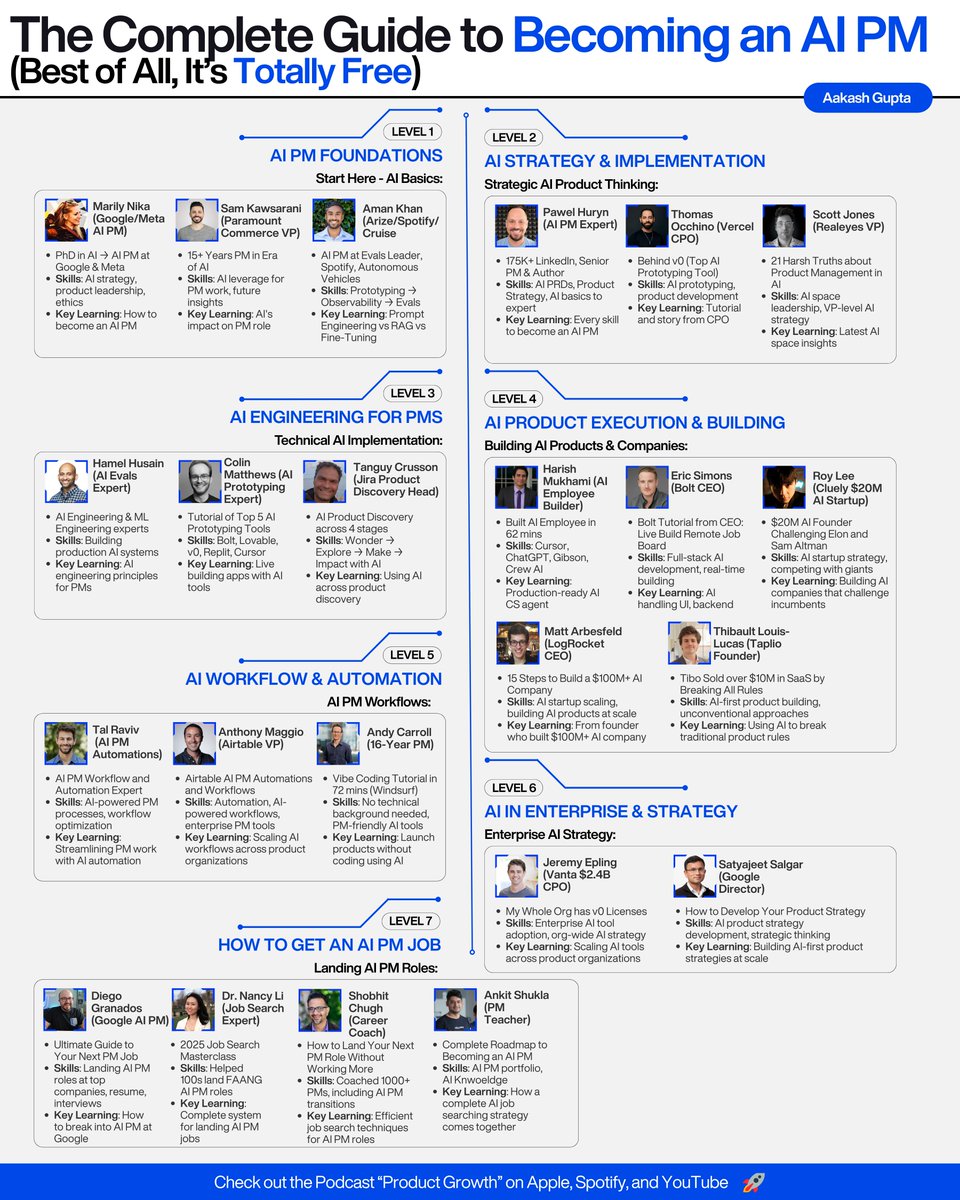
 1️⃣ AI PM Foundations
1️⃣ AI PM Foundations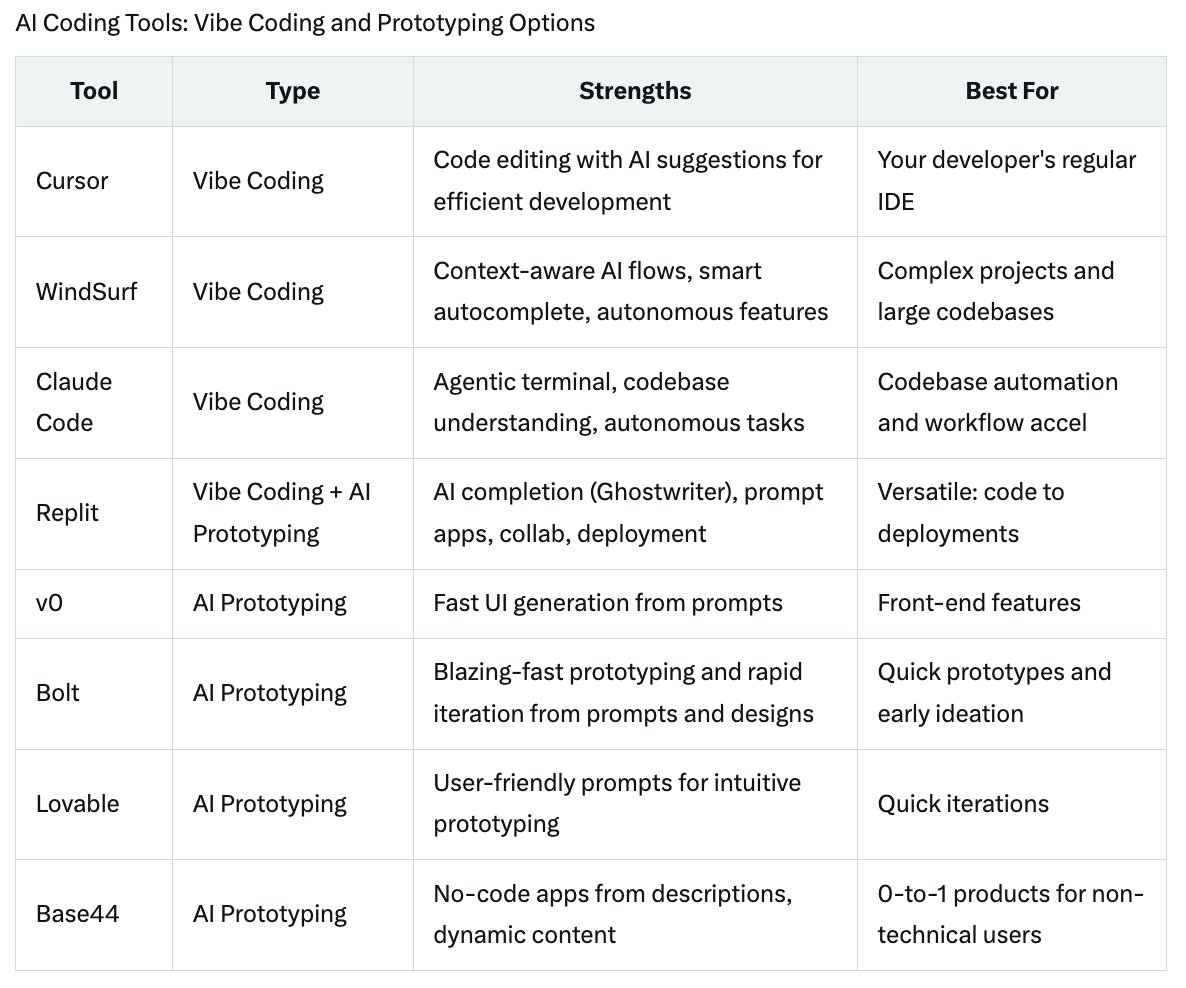
 1: Cursor
1: Cursor